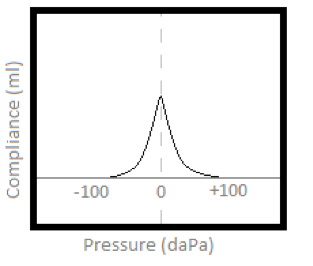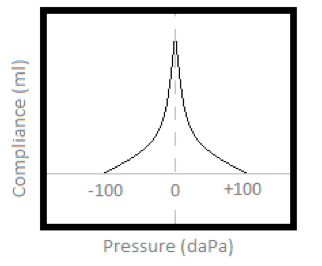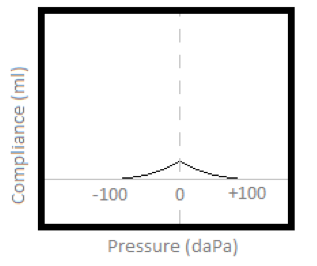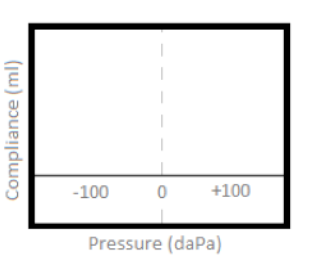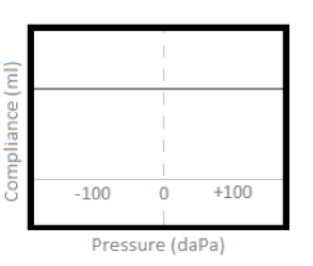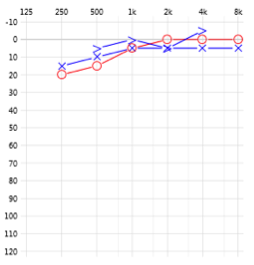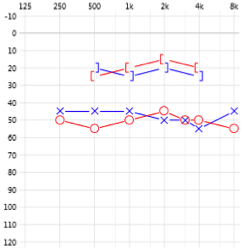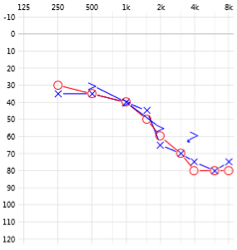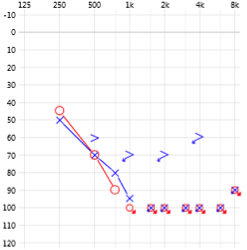Tympanogram: Interpreting impedance results
Tympanometry is a test of middle ear functioning. It looks at the flexibility (compliance) of the eardrum to changing air pressures, indicating how effectively sound is transmitted into the middle ear. This objective test also allows us to view the functioning of the Eustachian Tube, the upper auditory pathways and the reflex contraction from the middle ear muscles. Impedance testing is crucial in distinguishing a conductive loss from a sensorineural hearing loss. A typical tympanometry result indicates the ear canal volume (cm3), the max pressure (daPa) and the peak compliance (ml).



